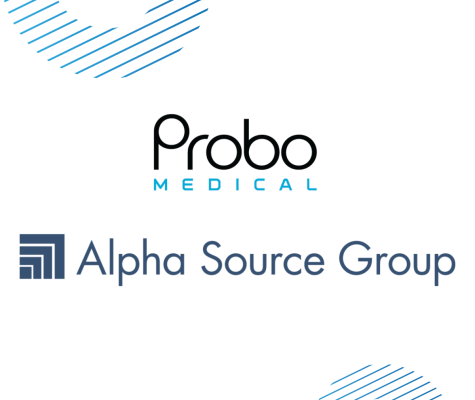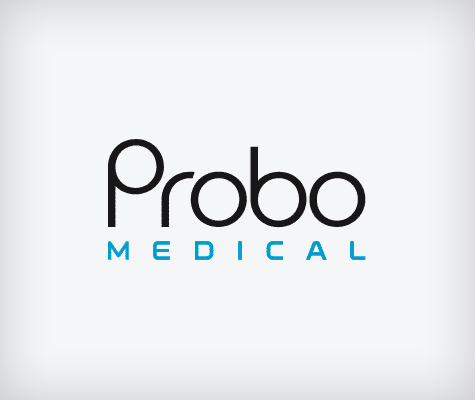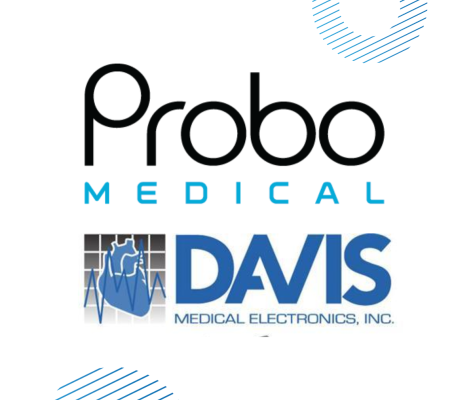The Benefits of Elastography in Ultrasound
Based on calls and requests from our customers, we’re finding that elastography is quickly becoming one of the more popular emerging technologies in ultrasound.
The Rise of Ultrasound Elastography

And based on calls from manufacturers, they’re on it. We keep getting excited calls from them saying “We Have Elastography on another model!”
Then, of course, the their next sentence is “Sooooo…. How many more can you sell next month?”
Well, they don’t ALL say that… or maybe I’m just feeling that vibe.
Anyway, the point is that Elastography is making its way to the mainstream.
This rise in popularity is the result of a few factors: price, availability, and expanded clinical applications.
Elastography is traditionally known for its use with breast ultrasound in helping identify malignant vs benign breast lesions. These days, it is commonly found as a routine part of a breast examination because it typically results in a reduced number of biopsies.
More recently, however, elastography has become more affordable and is found on many ultrasound machines. Because of this, clinicians are finding new ways to use ultrasound elastography, such as identifying liver, thyroid, and prostate cancers. Now, elastography has found its way into the MSK field.
What is Elastography?
In short, elastography maps the “elastic properties” (stiffness) in tissue. This is important because diseased tissue is most often stiffer than normal tissue. Using various methods, the ultrasound can display or quantify various levels of stiffness in tissue.
Think visual palpation.
There are two common elastography techniques found on ultrasound machines: Compression (strain) and Shear Wave:


Which Ultrasounds have Elastography?

A small percentage of ultrasound machines have Shear Wave or similar technologies. It is a more advanced technology, and thereby is currently found on only high-end, advanced, expensive ultrasound machines from manufacturers such as Philips, GE, Toshiba, and Siemens.
All systems are good for basic qualitative analysis, identifying a nodule and determining its stiffness compared to the surrounding tissue. For most of our customers, the standard strain imaging provides them what they need.
Interested in getting more information or purchasing an ultrasound for elastography? Call (440) 459-1625 or contact us today to talk to one of our sales experts about your ultrasound needs.
[split-test id=”rental-quote”]


